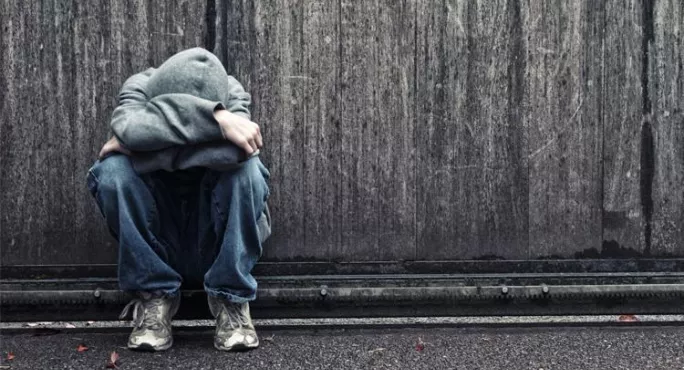How many more pupils are feeling angry about Covid?

Last week, my 10-year-old acted out. He threw the biggest tantrum and had an inconsolable teary fit.
For some reason, it is never easy to switch the calm, effective and capable teacher to mum mode. So I sent him to his room to calm down and give me some time to think.
After a while, when the rage had subsided into sobbing, I went to him. I gently asked him what was wrong and he looked at me and said he didn’t know. My heart sank for my normally happy little boy.
Covid: The threat to child mental health
I hugged him and said it was fine not to know why he was so angry and we talked about how it could be his body and hormones changing as he was getting older. He glumly said that he just felt angry all the time.
Over the past few months, I have noticed him changing. He has moved from being a physically fit and active young boy into one who prefers his own company. He has gained weight and shied away from doing anything fun and active.
He does not seem to be sleeping for as long and is often up before the rest of the house rises. I put this down to his age and child development. He had turned more in on himself and we hadn’t noticed, as parents or as teachers.
In our conversation, we unpicked his anger and it was Covid-19 that he was angry about.
He hadn’t seen his UK family for a long time. The family WhatsApp photos of snowball fights and beautiful pictures of parks had made him feel jealous of his cousins having fun.
I explained the swings and roundabouts of life, that when he was at the beach, they, too, would feel a twinge of jealousy.
International schools are transient, the school communities ebb and flow. This has made saying goodbye to friends and places easier for our children, but the pandemic has heightened the loss of so much for so many.
About a third of his year group have gone “home” and this has unnerved him. The long-anticipated school openings were tempered with a new environment. A school that no longer looked or felt like a school.
Desks in measured out spaces, mandatory masks that hide familiar faces. No playtime outside, no chips from the canteen, walking through temperature checkers…a dystopian school through no fault of its own.
The coronavirus had finally caught up with my child, had finally found its way into our home, but in its own insipid way, not through a visible illness, a cough or a sneeze. Yet here it was, taking away the joy and happiness of my own child.
Wellbeing: The extra pressure of catch-up
It left me wondering about my students: how many more children were suffering the effects of the pandemic like this?
The narrative around “catching up” and the systems in place to open schools has placed a huge burden on children’s wellbeing.
The national curriculum of England is a spiral curriculum, which means subjects are revisited at greater depth. Therefore, all teachers need in order to catch up are children in their classes, as they are expert at teaching to different levels.
The same cannot be said for the toll on mental health and wellbeing. It is a creeping one. The damage done over a year or more manifests in different ways and will be harder to deal with long-term.
A whole-school way to check mental health and wellbeing is to send a survey out to parents and children. This could then inform how best to tackle the issues pertinent to their school.
How to spot issues
Teachers can often pick issues up in the classroom as they know their children so well.
Signs can be harder to spot during virtual or blended learning. However, there are some signs that shouldn’t be ignored, with parents and pastoral leaders being alerted:
- Weight gain or loss: If a child has had a significant weight fluctuation, it could be a sign of anxiety and/or depression. This can be a difficult one to address. However, children should be taken to the doctors to rule out medical concerns. Schools can promote healthy eating through subject areas and encourage children to try making healthy recipes at home.
- More time being spent alone: As children get older, they will want to spend more time alone. The amount of time they spend shouldn’t be excessive. Schools can help by having a break-time, break-out Zoom session with friendship groups.
- Unusual or out-of character behaviour. Pastoral teams will know their vulnerable children and, where possible, they should be supported by the school counselling team and parents involved.
It’s so hard to make plans in a world that feels the motion of constant change; even harder to make them when previous plans have been cancelled and placed on indefinite hold, but our children need the comfort that things will get better.
The author is a headteacher at an international school
You need a Tes subscription to read this article
Subscribe now to read this article and get other subscriber-only content:
- Unlimited access to all Tes magazine content
- Exclusive subscriber-only stories
- Award-winning email newsletters
Already a subscriber? Log in
You need a subscription to read this article
Subscribe now to read this article and get other subscriber-only content, including:
- Unlimited access to all Tes magazine content
- Exclusive subscriber-only stories
- Award-winning email newsletters